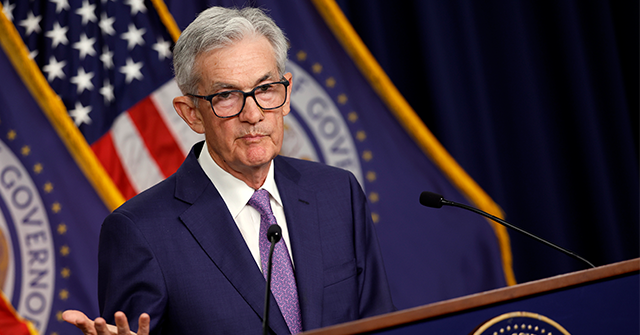The Federal Reserve is poised to implement another interest rate cut, signaling a potential misjudgment in its monetary policy strategy. As the market anticipates a 95 percent probability of a 25 basis point cut during the upcoming December meeting of the Federal Open Market Committee (FOMC), this decision could add to the 75 basis points already reduced in the second half of 2024. Despite a robust labor market and stubborn inflation rates, this loosening of monetary policy reflects a significant shift away from the Fed’s previous tightening measures, raising concerns about the implications for future inflation trends.
Recent data from the Department of Labor revealed consumer prices have surged at an annualized rate of 3.8 percent in November, a notable increase from the 3.0 percent pace recorded in October. Core inflation mirrored this trend, rising to 3.8 percent from 3.4 percent the previous month. By annualizing the monthly figures, it becomes clearer that inflation remains well above the Fed’s target and has been on a rising trajectory since June. Both core and headline inflation recorded a monthly increase of 0.3 percent, suggesting persistent price pressures that are complicating efforts to stabilize inflation rates.
An examination of the annualized three-month inflation figures underscores the ongoing inflationary pressures; headline inflation rose to three percent, and core inflation increased to 3.7 percent. For analysts who prefer to exclude shelter costs—a contentious practice—core inflation still showed an uptick, with prices climbing at 3.5 percent for both one and three-month periods. The inflationary momentum is further illustrated in the core goods market, where prices are stabilizing or increasing after a period of decline. November saw prices for new cars rise by 0.6 percent, and used cars by two percent, alongside increases in household furnishing and appliance prices.
Food prices, a critical component of the consumer price index, have also exhibited notable inflation. In November, food prices rose by 0.4 percent, double the rate observed in October, with grocery prices increasing by 0.5 percent—four of six major grocery indices reported price hikes. This trend highlights a growing financial burden on households, which could incite consumer dissatisfaction and undermine confidence. While the Fed argues that current monetary policy remains restrictive and the neutral rate is below prevailing rates, data suggests that the economy may not necessitate additional rate cuts at this juncture.
Consumer sentiment appears robust, with small business confidence reaching record highs and an uptick in consumer expectations for improved financial situations in the coming year. These factors are indicative of an economy that may not demand further stimulus. The potential benefits of proposed policy shifts under former President Donald Trump, including enhanced investments aimed at boosting supply, remain uncertain, necessitating caution regarding immediate monetary policy adjustments. Given that substantial reforms would require time to enact, the urgency for the Fed to reduce rates seems misplaced in light of increasing economic confidence.
In summary, the likelihood of a Fed rate cut next week signals a potential misalignment with the prevailing inflation dynamics and healthy economic indicators. Historical precedent warns against excessively loose monetary policy during inflationary periods, and the persistence of rising prices could represent a perilous path for the economy. Market pressures might compel the Fed to conform to expectations, but it risks exacerbating inflation and hindering long-term economic stability. Decisions made in the coming meeting will reflect the delicate balance the Fed must maintain amidst rising consumer prices and a confident economic landscape.

